This article is designed for parents and caregivers concerned about child safety at home. It explores the potential risks posed by houseplants to curious toddlers and offers insights into identifying and managing these risks. The article’s focus keyword is “Childproofing Houseplants,” and it aims to provide practical guidance and new insights to create a safe
This article is designed for parents and caregivers concerned about child safety at home. It explores the potential risks posed by houseplants to curious toddlers and offers insights into identifying and managing these risks. The article’s focus keyword is “Childproofing Houseplants,” and it aims to provide practical guidance and new insights to create a safe environment for children while embracing the beauty of indoor greenery.
Understanding the Importance of Childproofing Houseplants
As toddlers begin to explore their surroundings, their innate curiosity can lead them to interact with objects that may not always be safe. Houseplants, with their fascinating colors, shapes, and textures, can capture a child’s attention. However, some plants may conceal potential dangers. Childproofing is essential to ensure that your home remains a secure and nurturing environment for your little one.
Identifying Risky Houseplants: A Comprehensive Guide
In this section, we delve into the specifics of identifying houseplants that could pose risks to toddlers. Some plants may contain toxins that, if ingested, can lead to discomfort or more serious health issues. Other plants may have small parts that can be choking hazards. Thorns, spikes, and irritants are additional factors to consider. By providing you with a comprehensive guide, we empower you to make informed decisions about the plants you introduce into your home.

Image by: https://embroideryonline.com/Freestanding-Houseplants/
Safer Alternatives: Embracing Child-Friendly Greenery
The desire to cultivate an indoor garden need not be at odds with child safety. In this section, we present you with a delightful array of child-friendly houseplants. These plants not only contribute to the aesthetic appeal of your home but are also non-toxic and devoid of potential hazards. You can continue to nurture your green thumb while ensuring the well-being of your little ones.
Expert Insights from Alan Titchmarsh: Striking the Balance
Alan Titchmarsh, a voice of authority in the gardening world, shares his insights on harmonizing your love for plants with the safety of your children. Drawing from years of experience, Alan provides practical advice on selecting, placing, and caring for houseplants in a child-friendly manner. His wisdom serves as a guiding light as you navigate the intricate dance between botanical beauty and childproofing.
Conclusion:
As you embark on the journey of childproofing your home with greenery, remember that it is entirely possible to create an environment that nurtures both your plants and your children. By identifying risky houseplants, exploring safer alternatives, and seeking guidance from experts like Alan Titchmarsh, you are taking meaningful steps toward achieving this delicate balance. Let your home be a testament to the wonderful coexistence of nature and family, where your toddlers can explore and learn in safety, surrounded by the vibrant beauty of the natural world.

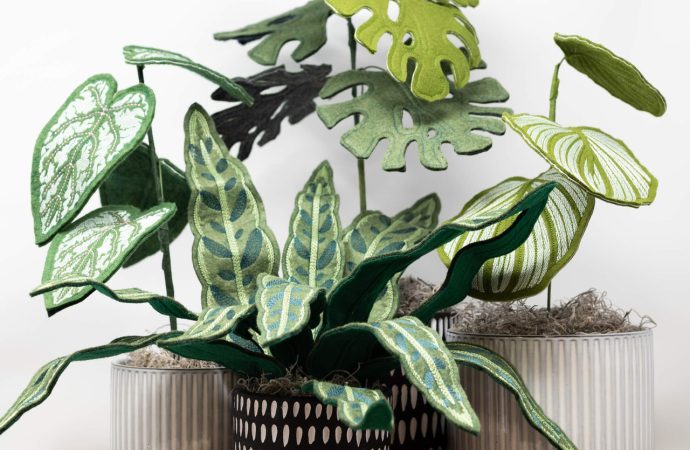

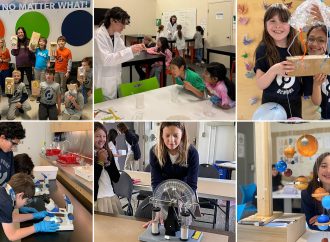

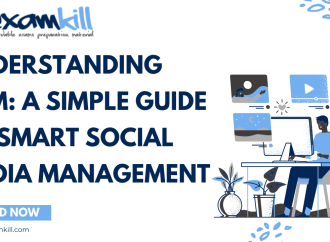
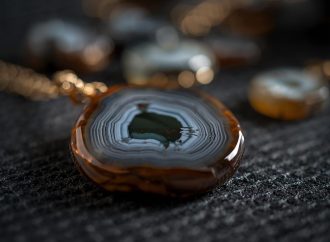







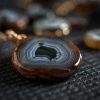








Leave a Comment
Your email address will not be published. Required fields are marked with *